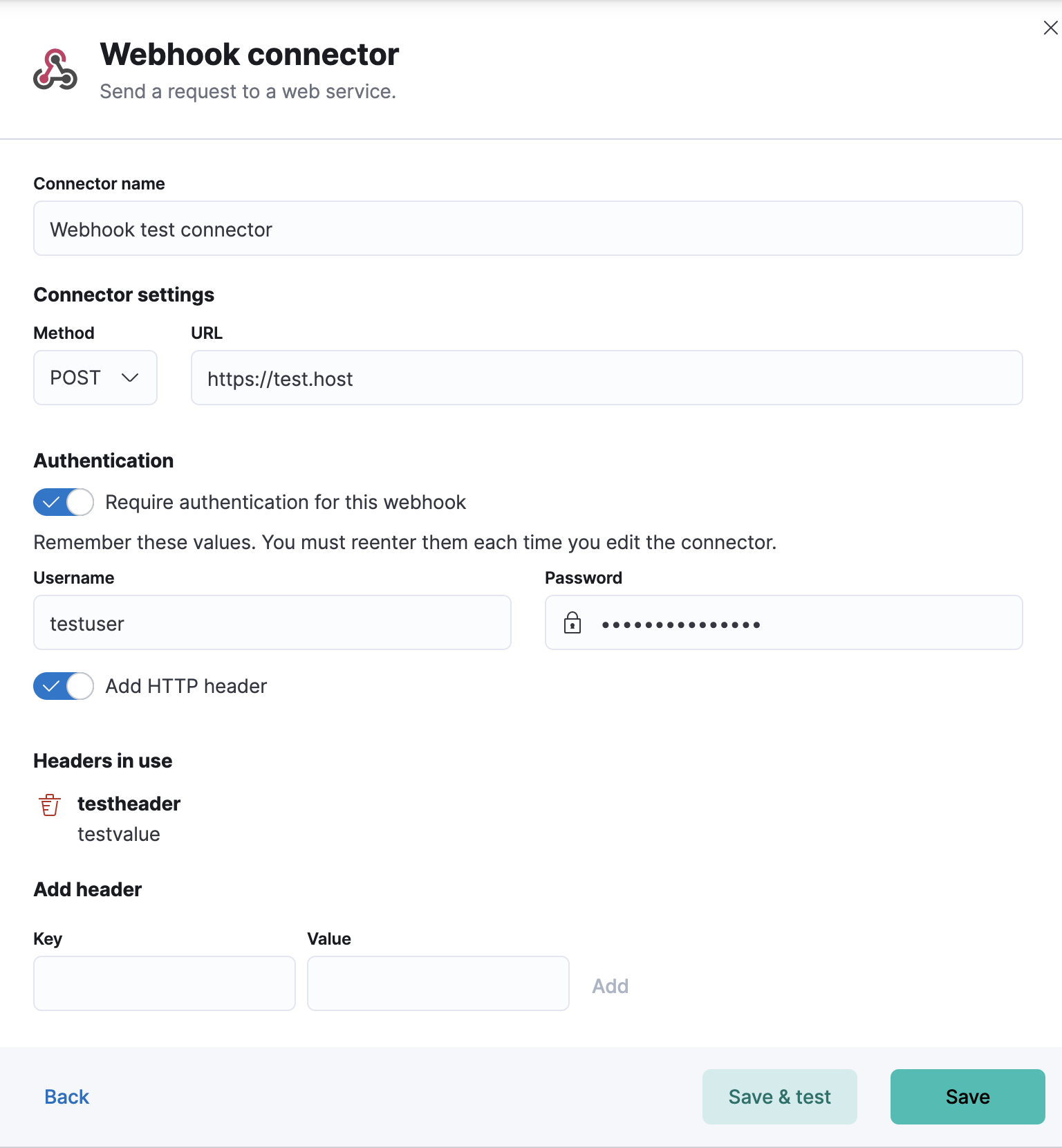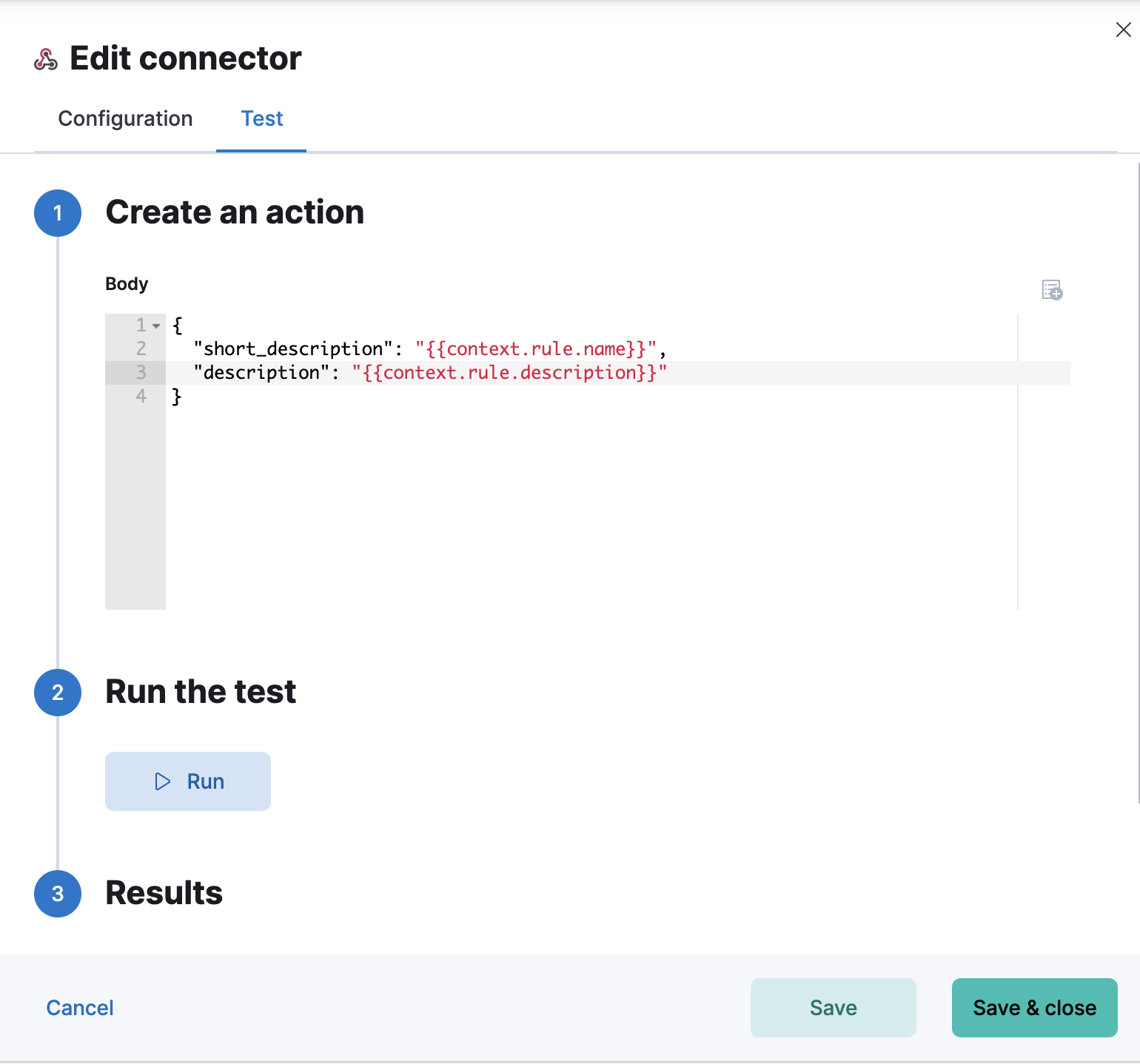- Kibana Guide: other versions:
- What is Kibana?
- What’s new in 8.8
- Kibana concepts
- Quick start
- Set up
- Install Kibana
- Configure Kibana
- Alerting and action settings
- APM settings
- Banners settings
- Cases settings
- Enterprise Search settings
- Fleet settings
- i18n settings
- Logging settings
- Logs settings
- Metrics settings
- Monitoring settings
- Reporting settings
- Search sessions settings
- Secure settings
- Security settings
- Spaces settings
- Task Manager settings
- Telemetry settings
- URL drilldown settings
- Start and stop Kibana
- Access Kibana
- Securing access to Kibana
- Add data
- Upgrade Kibana
- Configure security
- Configure reporting
- Configure logging
- Configure monitoring
- Command line tools
- Production considerations
- Discover
- Dashboard and visualizations
- Canvas
- Maps
- Build a map to compare metrics by country or region
- Track, visualize, and alert on assets in real time
- Map custom regions with reverse geocoding
- Heat map layer
- Tile layer
- Vector layer
- Plot big data
- Search geographic data
- Configure map settings
- Connect to Elastic Maps Service
- Import geospatial data
- Troubleshoot
- Reporting and sharing
- Machine learning
- Graph
- Alerting
- Observability
- APM
- Security
- Dev Tools
- Fleet
- Osquery
- Stack Monitoring
- Stack Management
- REST API
- Get features API
- Kibana spaces APIs
- Kibana role management APIs
- User session management APIs
- Saved objects APIs
- Data views API
- Index patterns APIs
- Alerting APIs
- Action and connector APIs
- Cases APIs
- Add comment
- Create case
- Delete cases
- Delete comments
- Find case activity
- Find cases
- Find connectors
- Get alerts
- Get case activity
- Get case
- Get case status
- Get cases by alert
- Get comments
- Get configuration
- Get reporters
- Get tags
- Push case
- Set configuration
- Update cases
- Update comment
- Update configuration
- Import and export dashboard APIs
- Logstash configuration management APIs
- Machine learning APIs
- Osquery manager API
- Short URLs APIs
- Get Task Manager health
- Upgrade assistant APIs
- Kibana plugins
- Troubleshooting
- Accessibility
- Release notes
- Kibana 8.8.2
- Kibana 8.8.1
- Kibana 8.8.0
- Kibana 8.7.1
- Kibana 8.7.0
- Kibana 8.6.1
- Kibana 8.6.0
- Kibana 8.5.2
- Kibana 8.5.1
- Kibana 8.5.0
- Kibana 8.4.3
- Kibana 8.4.2
- Kibana 8.4.1
- Kibana 8.4.0
- Kibana 8.3.3
- Kibana 8.3.2
- Kibana 8.3.1
- Kibana 8.3.0
- Kibana 8.2.3
- Kibana 8.2.2
- Kibana 8.2.1
- Kibana 8.2.0
- Kibana 8.1.3
- Kibana 8.1.2
- Kibana 8.1.1
- Kibana 8.1.0
- Kibana 8.0.0
- Kibana 8.0.0-rc2
- Kibana 8.0.0-rc1
- Kibana 8.0.0-beta1
- Kibana 8.0.0-alpha2
- Kibana 8.0.0-alpha1
- Developer guide
Webhook connector and action
editWebhook connector and action
editThe Webhook connector uses axios to send a POST or PUT request to a web service.
Create connectors in Kibana
editYou can create connectors in Stack Management > Connectors or as needed when you’re creating a rule. For example:

Connector configuration
editWebhook connectors have the following configuration properties:
- Name
- The name of the connector.
- URL
-
The request URL. If you are using the
xpack.actions.allowedHostssetting, make sure the hostname is added to the allowed hosts. - Method
-
HTTP request method, either
post(default) orput. - Headers
- A set of key-value pairs sent as headers with the request
- Require authentication
- If true, a username and password for login type authentication must be provided.
- Username
- Username for HTTP basic authentication.
- Password
- Password for HTTP basic authentication.
Create preconfigured connectors
editIf you are running Kibana on-prem, you can define connectors by
adding xpack.actions.preconfigured settings to your kibana.yml file.
For example:
xpack.actions.preconfigured: my-webhook: name: preconfigured-webhook-connector-type actionTypeId: .webhook config: url: https://test.host method: post headers: testheader: testvalue secrets: user: testuser password: passwordkeystorevalue
Config defines information for the connector type.
-
url - A URL string that corresponds to URL.
-
method - A string that corresponds to Method.
-
headers - A record<string, string> that corresponds to Headers.
-
hasAuth -
A boolean that corresponds to Requires authentication. If
true, this connector will require values foruserandpasswordinside the secrets configuration. Defaults totrue.
Secrets defines sensitive information for the connector type.
-
user -
A string that corresponds to User. Required if
hasAuthis set totrue. -
password -
A string that corresponds to Password. Should be stored in the Kibana keystore. Required if
hasAuthis set totrue.
Test connectors
editYou can test connectors with the run connector API or as you’re creating or editing the connector in Kibana. For example:

Webhook actions have the following properties.
- Body
-
A JSON payload sent to the request URL. For example:
{ "short_description": "{{context.rule.name}}", "description": "{{context.rule.description}}", ... }
Mustache template variables (the text enclosed in double braces, for example, context.rule.name) have
their values escaped, so that the final JSON will be valid (escaping double quote characters).
For more information on Mustache template variables, refer to Actions.
Connector networking configuration
editUse the Action configuration settings to customize connector networking configurations, such as proxies, certificates, or TLS settings. You can set configurations that apply to all your connectors or use xpack.actions.customHostSettings to set per-host configurations.
On this page